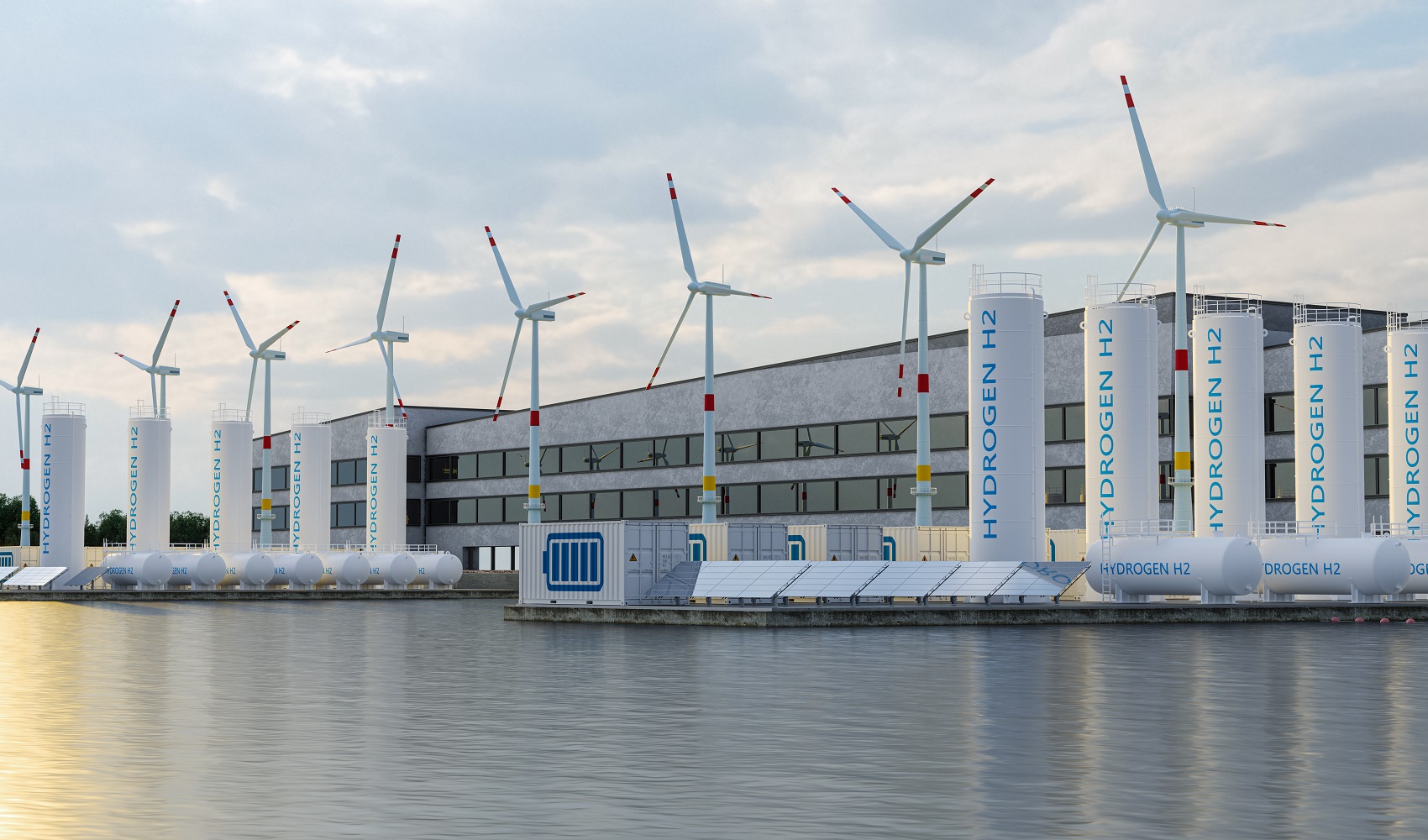Meeting India’s net zero timeline demands promising climate solutions still confined to labs or universities quickly find the investment and guidance required to pilot, scale, and reach mass adoption. Historically, even proven technologies such as solar PV and lithium batteries have taken decades to mature, a luxury we no longer have in face of steep emission cuts required before 2030. While investor appetite for sustainable solutions is rising, the lack of performance data keeps many innovations dependent on philanthropic grants. How do we accelerate technological innovation?
The chasm between new innovations reaching mass adoption continues to be wider than needed if we are to see technology play a significant role in helping us to address climate change. But how we foster fluid collaboration between start-ups, corporates, researchers and investors is an unlock not yet solved.
Our latest report Accelerating India’s Human-Centric Growth includes an archetype that spotlights the immense potential for Climate Tech Accelerators in the Indian context. Where we believe tailored incubation can fast-track breakthrough ideas to commercial viability and systems impact.
Learn more below about this archetype or download the full report.
The opportunity
Novel climate technologies face long development cycles due to lack of funding, technology benchmarking, pilot and scale-up support, and access to off-takers. India hosts over 2,100 climate tech start-ups, yet innovations tackling priorities such as industrial decarbonisation and carbon accounting form a marginal 1% of the entire ecosystem.
These technologies and solutions face challenges in competing with more established options such as renewable energy, green mobility, and energy efficiency within standard incubation programmes. Factors such as high capital expenditure, commercially unviable business models, a lack of established value chain players, and niche applications make it difficult for them to thrive in traditional incubation settings.
India has already witnessed rising interest in areas such as carbon capture, offshore wind or climate fintech. Robust acceleration programmes promise to nurture such niche segments, validating concepts and de-risking investment to drive rapid maturation and adoption. With eyes on the clock counting down to 2070, strategic enablement of innovation holds the key to technological leaps.
This backdrop motivated Xynteo to propose a Climate Tech Accelerator archetype which offers customised acceleration along specific technology value chains by unifying diverse stakeholders. Instead of taking a scattershot approach, strategic focus on high-impact areas with clearly defined outcomes counters existing limitations.
Establishing focused accelerator programmes
Strategically tailored acceleration programmes promise to nurture India’s next generation of climate solutions, fast-tracking innovation across priority decarbonisation areas. By fostering fluid collaboration between start-ups, corporates, researchers and investors along focused technology value chains, these “living labs” can incubate breakthrough ideas to commercial viability and systems impact.
Initial tracks may spur innovation across high-potential but underserved spaces such as carbon capture and utilisation, offshore wind, climate intelligence solutions and more. Holistic support across technical and commercial dimensions fast-tracks promising ventures across the valley of death to pilot opportunities. Prioritised sectors also attract targeted policy incentives and financing avenues.
These fertile hotbeds for experimentation and support shrink time-to-market for innovations, seed research and development, attract investment and validate next-gen decarbonisation approaches to progressively meet India’s 2070 vision.
Implementation roadmap
Realising this blueprint demands methodically scoping priority areas, socialising the concept and mobilising players across the spectrum – onboarding relevant stakeholders from industry, academia, and the investor community – and finally executing programmes via incubation and acceleration of shortlisted technologies and start-ups to fast-track technological maturation aligned to national priorities.
As multi-sided platforms, these accelerators connect start-ups, R&D institutes, corporates, investors and service providers. Robust mentoring, access to technical expertise and pilots enable showcasing proof-of-concept to attract markets and investment – shrinking development lifecycles.
Such specialised tracks mitigate standard incubation challenges by stress testing innovations on key metrics such as technical readiness, commercial viability and emissions abatement potential. Customised assistance with regulatory compliance, business modelling, operational support and global partnerships provides a springboard for rapid scale-up post-acceleration.
Another vital lever is engaging policymakers to promote standards, incentives and public procurement directives that enlarge application areas for climate technologies, energising local manufacturing through appropriate interventions to strengthen supply chains.
Global inspiration
The EU’s Climate-KIC demonstrates how focused acceleration programmes can effectively nurture niche decarbonisation technologies. By mobilising interconnected centres spanning industry, government and academia, it provides comprehensive support from ideation to commercialisation. This encompasses risk financing, technical mentoring and access to pilot sandboxes to validate and scale translational climate innovations. India can emulate such models to seed test beds driving research, investment and rapid deployment around priority decarbonisation areas.
The way forward
With India expected to become the third largest energy market by 2035, the Climate Tech Accelerator archetype promises to catalyse domestic innovation. Fostering such synergistic hubs promises to fast-track indigenous innovation unlocking technologies such as carbon capture, climate-smart agriculture or circular economy solutions. It can progressively unfurl India’s technological capabilities, attract investment and propagate replicable models across emerging economies to combat climate change.
You can find out more by downloading the full report.



